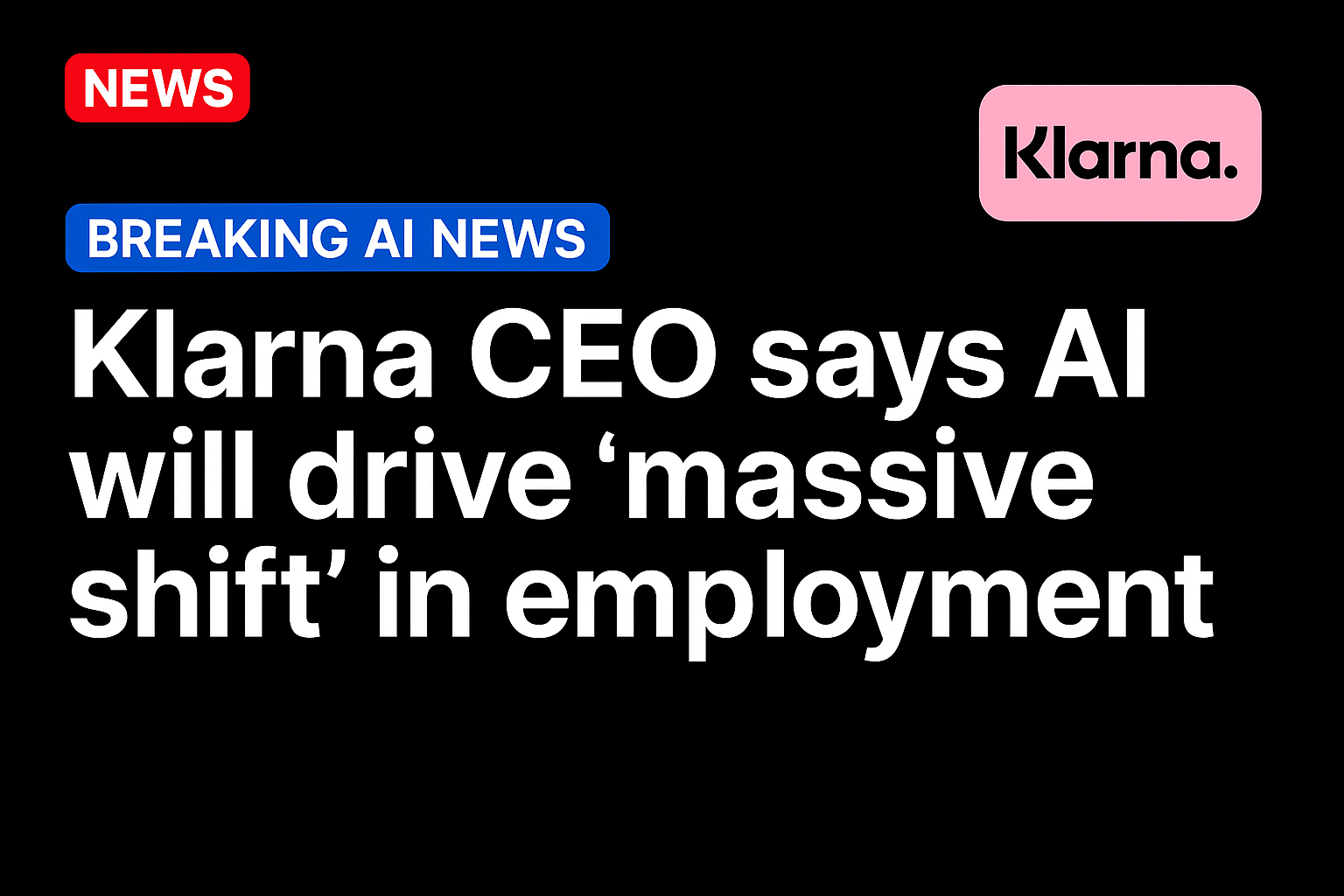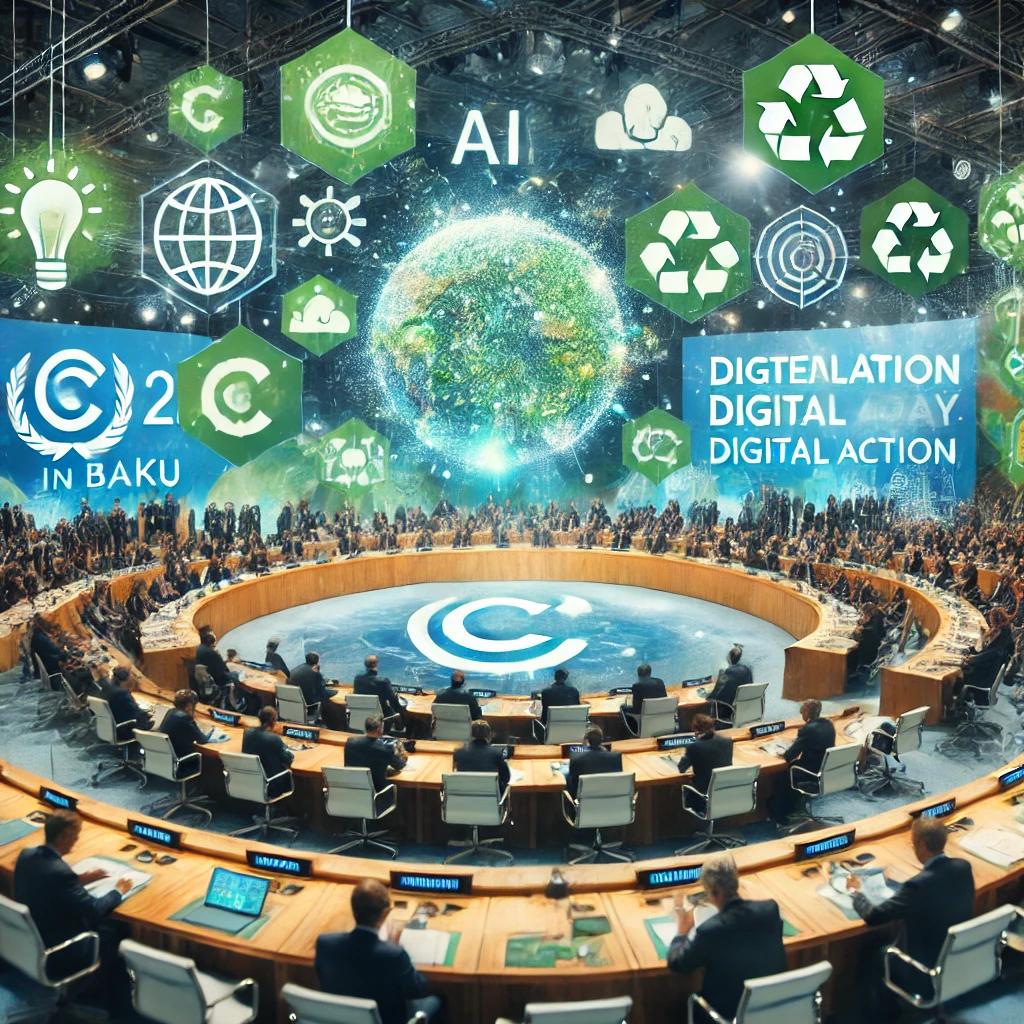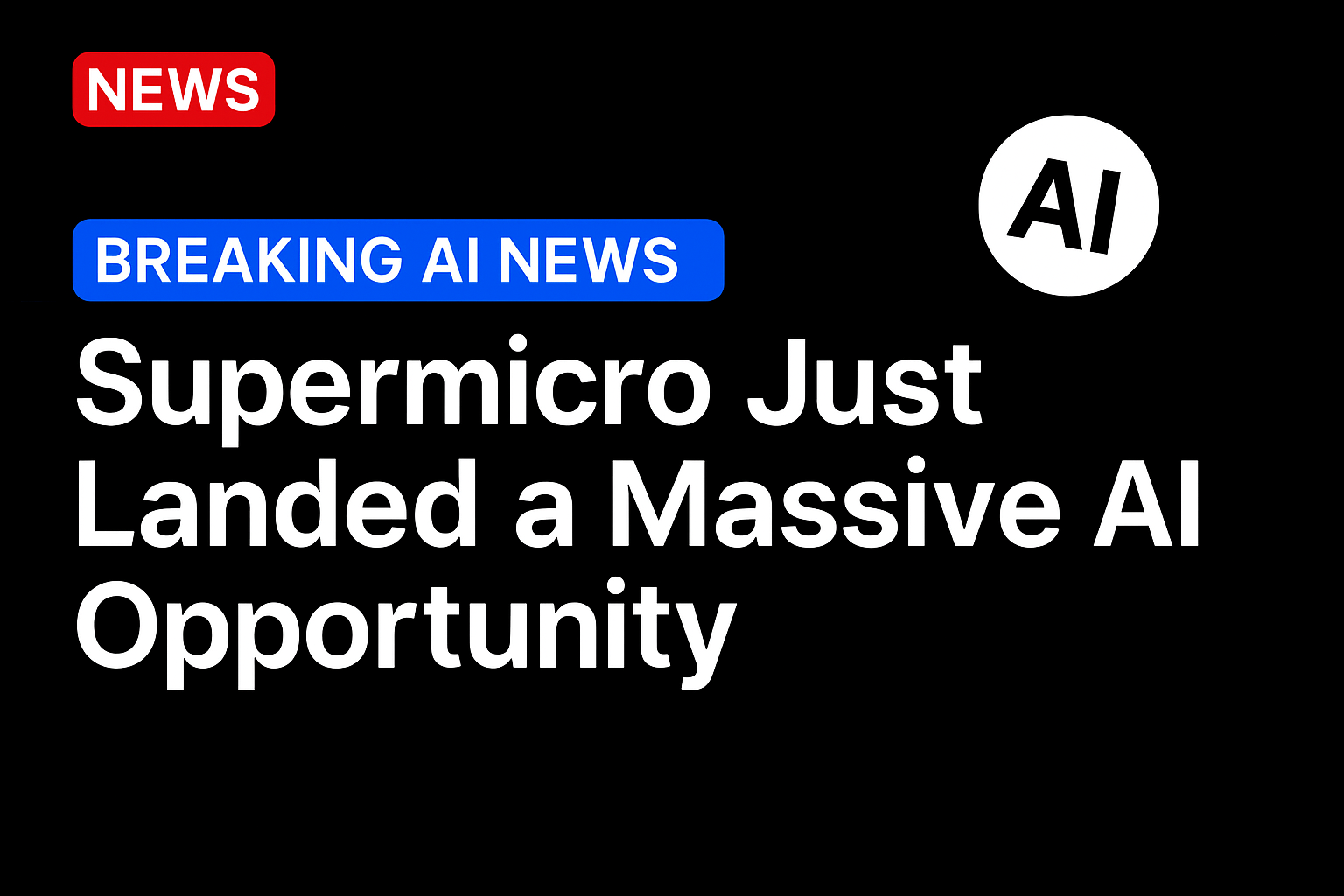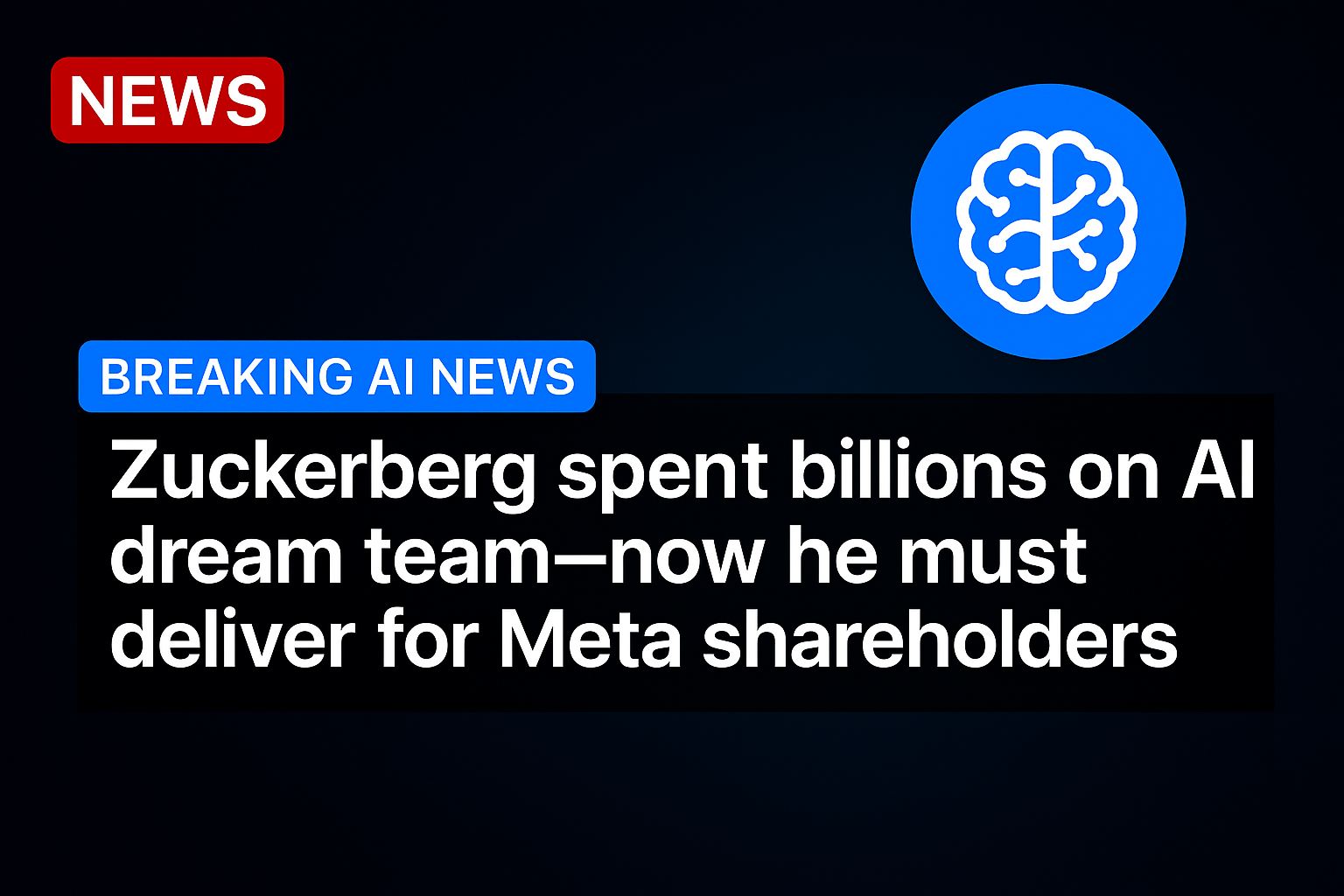
Artificial intelligence is set to drive a “massive shift” in employment in banking and other knowledge worker fields, according to Klarna CEO Sebastian Siemiatkowski.
In a Friday (Oct. 10) interview with Bloomberg Television, Siemiatkowski offered as an example the 8,000 translators working in Brussels, saying that their jobs can be largely done by AI, with some humans providing quality assurance.
“The point is, you don’t need as many as we did,” Siemiatkowski said. “So, there is a massive shift coming. I think society will have to figure out, what are we going to do, because, yes, new jobs will be created but in the shorter term, that doesn’t help the Brussels translator.”
Siemiatkowski said that over the past two years, Klarna has reduced its workforce from 7,400 people to 3,000 even as its revenue and number of customers grew significantly. He added that the company accomplished this in part by greatly reducing its recruitment and thereby avoiding layoffs.
“In the end, our job is here to drive as much value at the best possible price to our customers, and so we need to use these technologies to accomplish that,” Siemiatkowski said. “And then, in general, I think there will be implications for a lot of knowledge-based work.”
The PYMNTS Intelligence report “Generation AI: Why Gen Z Bets Big and Boomers Hold Back” found that 33% of those who use generative AI are concerned that the technology might cause people to lose their jobs.
By generation, members of Generation Z are most concerned about this issue, at 38%, while those of Generation X are least concerned about it, at 29%, according to the report.
PYMNTS CEO Karen Webster wrote Wednesday (Oct. 8) that there is a spread between what something once cost in time spent and what it costs now in time saved in the age of generative AI.
“Despite media hype to the contrary, the most sophisticated companies aren’t just asking, ‘How do we save time?’” Webster wrote. “They’re asking, ‘How do we reinvest our collective workforce capacity to become a different company?’ Part of the answer may be that they don’t need as many workers, who then become available for other companies that do.”
Source: https://www.pymnts.com/




